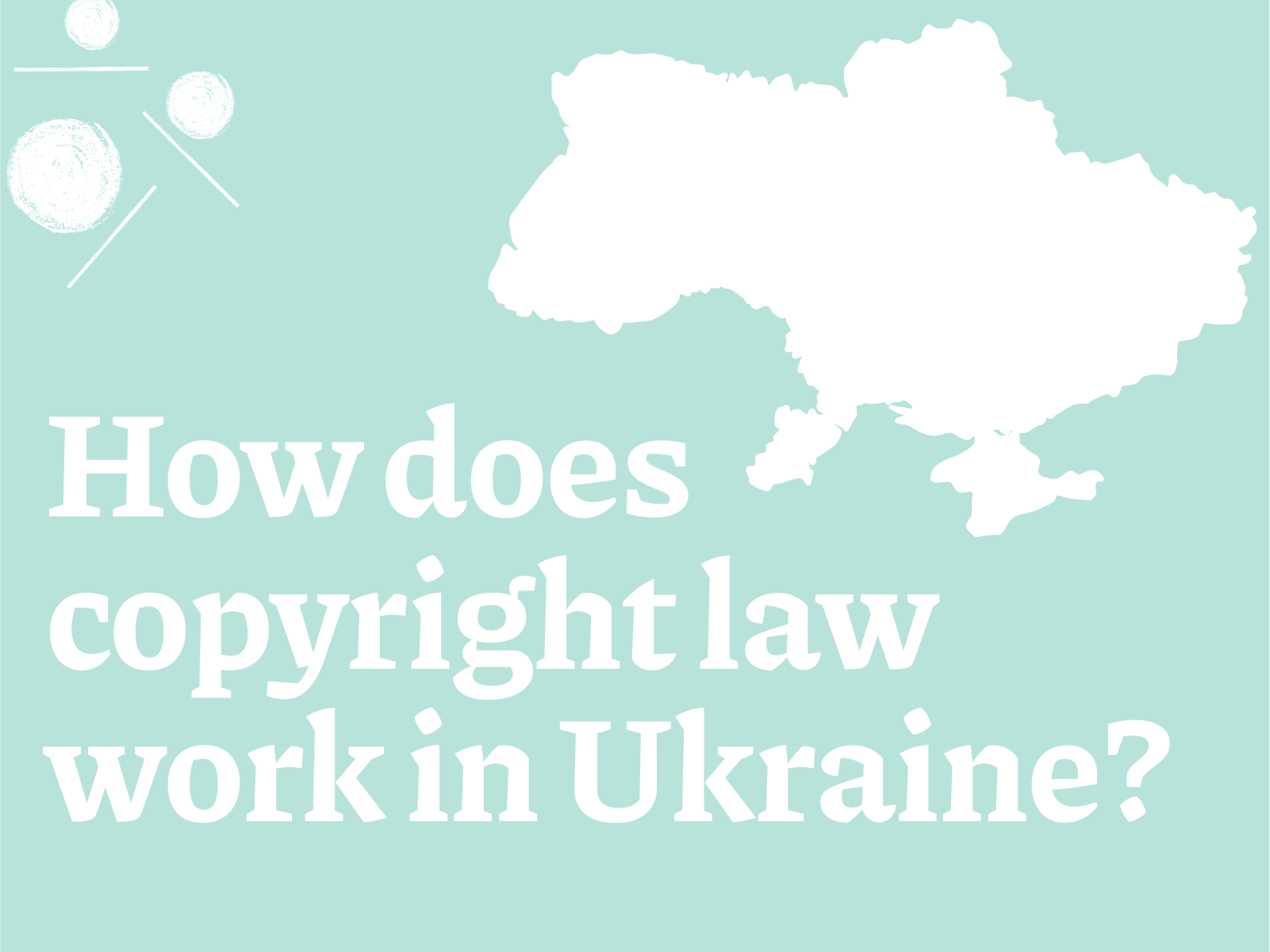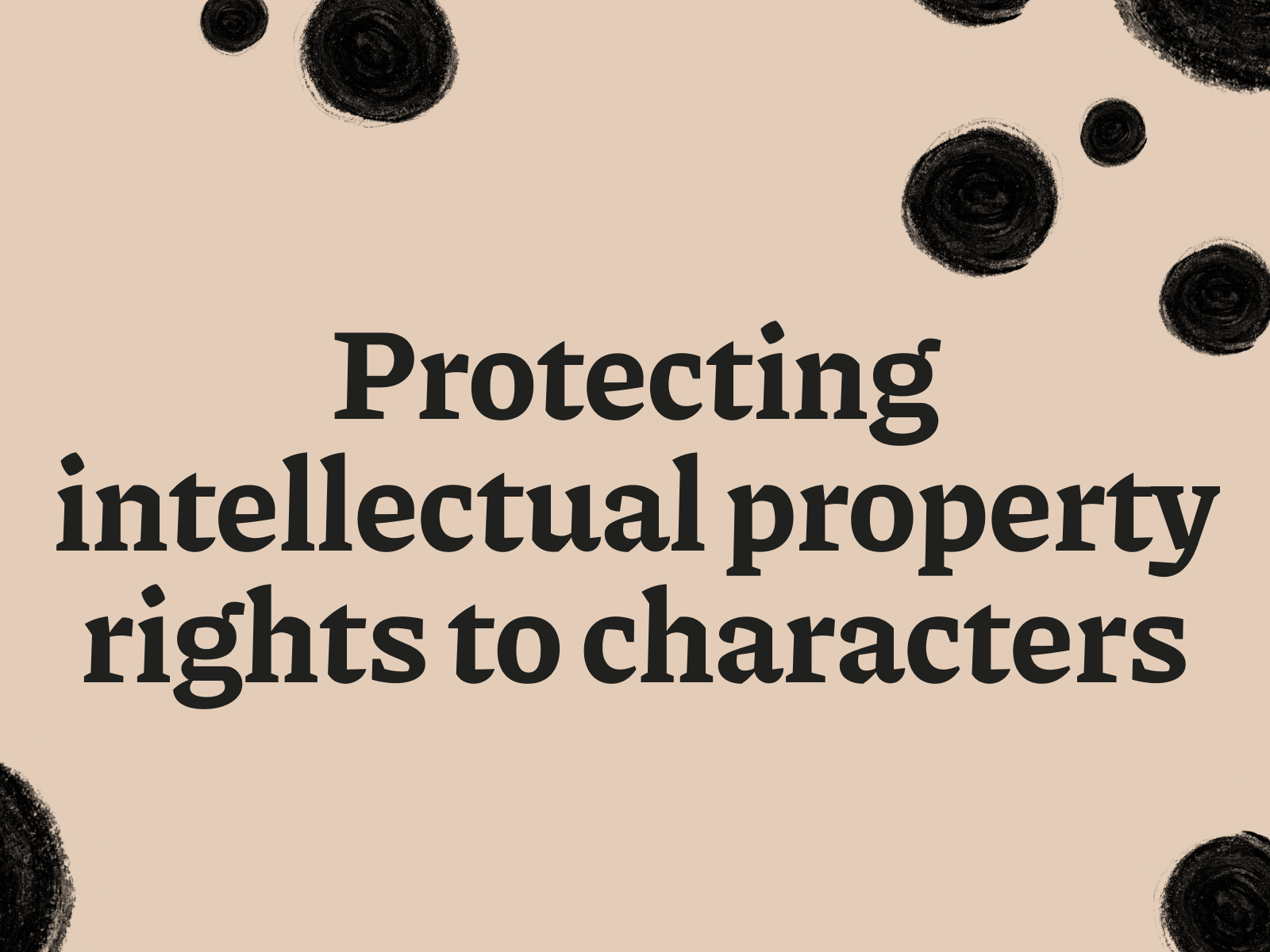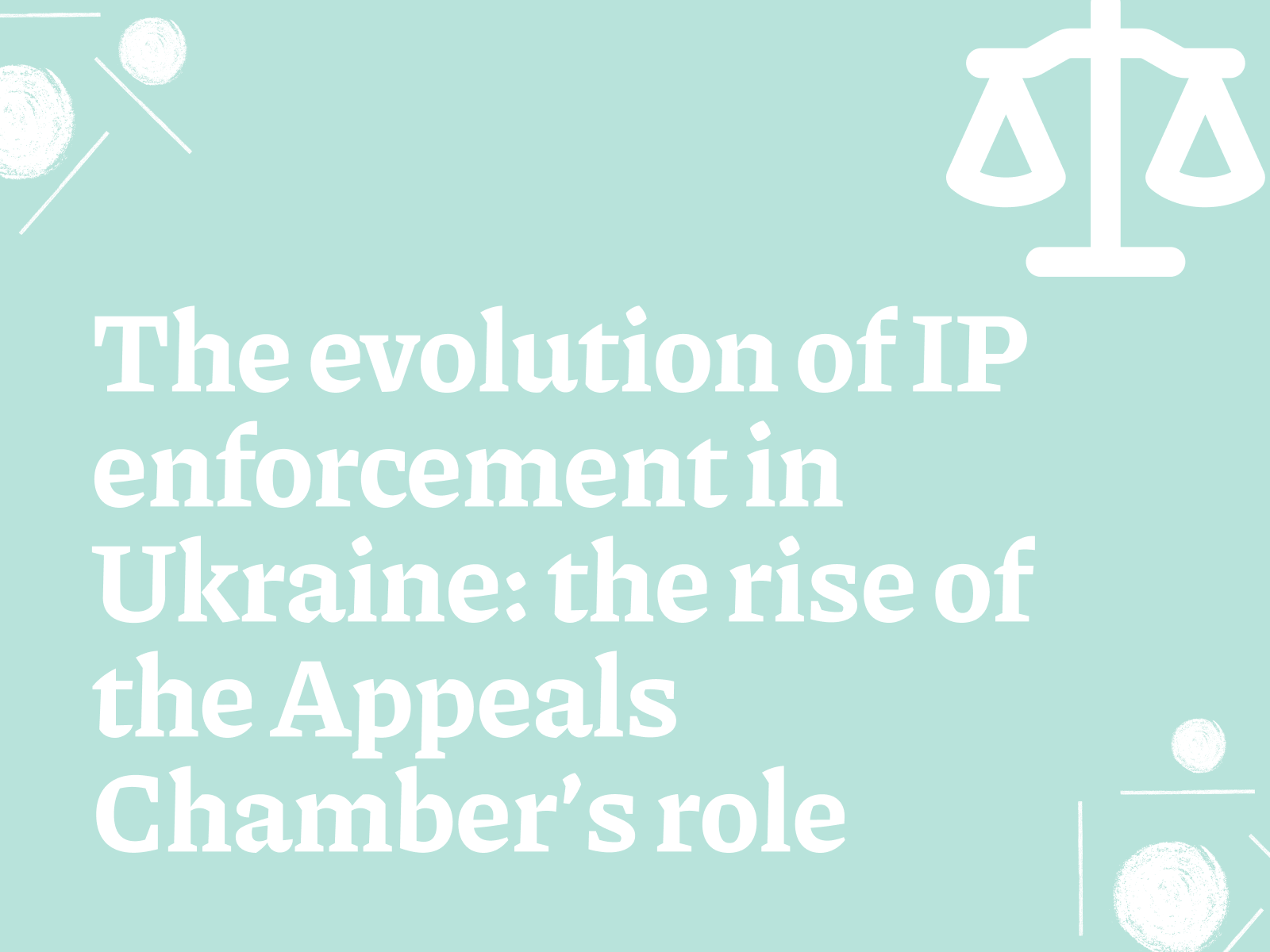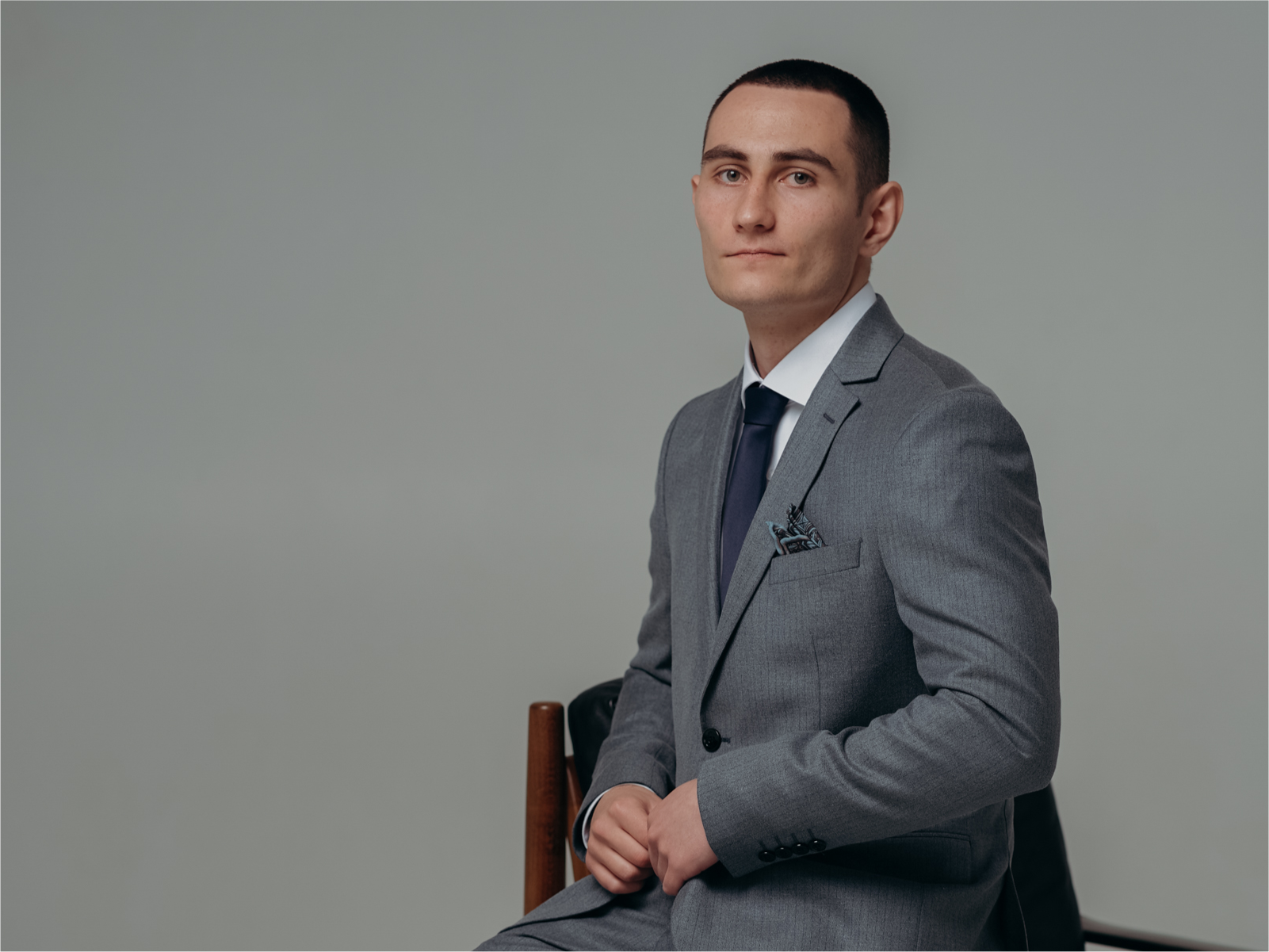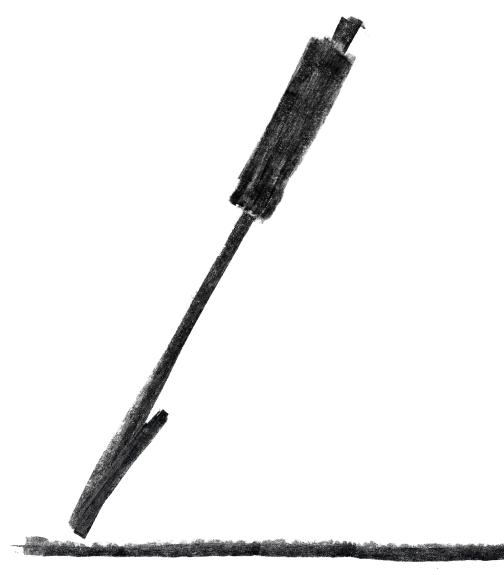In the modern world, where the Internet has become an integral part of life, the question of how copyright works becomes especially relevant. Like many other countries, Ukraine has its own rules and regulations governing this area. It is important to understand the relationship between the Internet and copyright law since much of today’s content is created and distributed online.
This article aims to highlight key aspects of copyright law in the digital age, with particular emphasis on its operation in Ukraine, so that readers can better understand their rights and responsibilities in this dynamic environment.
Copyright Basics and Protection
What is copyright on the Internet? In Ukraine, as throughout the world, copyright on the Internet protects creative works posted online. This includes everything from texts and images to music and videos. The rights to these works are regulated by both national legislation and international agreements, providing authors with control over their distribution and use.
One of the important questions that the authors ask us is what can be copyrighted. In Ukraine, all original and unique creative works, be they websites, blogs, software or other forms of digital content, are protected.
Objects of copyright cover a wide range of creativity. This could be anything from literary works to software. Key categories include literary works, musical and audiovisual works, software and artistic works, including photographs.
Types of copyright in Ukraine are varied and include rights to reproduce, distribute, publicly display and adapt original creative works. These rights give authors flexibility in managing and distributing their creations.
Av violation of copyright on the Internet is a serious problem that involves the illegal copying, distribution or modification of protected works. Such actions in Ukraine could lead to significant legal consequences, highlighting the importance of copyright compliance in the digital age.
So how can you protect yourself online? – Protection of intellectual rights on the Internet covers both legal and technological aspects. This includes the enforcement of legislation to prevent infringement and the use of technologies such as digital watermarks and DRM systems to protect and control the distribution of works.
Protecting copyright in the digital environment is a multifaceted task that requires the attention of both creators and legal and technology professionals. Effective ways to protect copyright include:
- Legal registration of the work to prove authorship and simplify the protection process.
- Use of protection technologies such as DRM to control the distribution of works.
- Legal action against violators, including legal action.
- Educational initiatives to raise awareness of copyright and its importance.
Thus, this section fully covers all the key aspects of copyright on the Internet, including its protection and various ways to ensure this protection.
Legislative framework and the role of lawyers
In Ukraine today There is no separate law on copyright protection on the Internet. However, it should be emphasized that the regulation of copyright in the digital environment is carried out by the Law of Ukraine “Onb copyright law and related rights.” This law establishes the basis for the protection of intellectual property in various areas, including the Internet, providing authors with appropriate rights and defining mechanisms for their protection in the digital space.
This law is important because it provides punishment for copyright infringement in Ukraine, it ranges from administrative fines to criminal penalties, highlighting the seriousness of such violations.
In the context of copyright protection, a key role is played by professional lawyers, providing legal support in cases of violation. They help in registering rights, represent the interests of authors in courts and advise on intellectual property issues. When Urgently need legal help, for example, when a copyright violation is detected, they quickly take the necessary actions to protect the rights of the author.
Plegal assistance covers not only representation in court but also support in licensing, negotiations and dispute resolution. It includes legal interpretation services, helping clients understand how the laws apply to their situations, and providing support in matters of appropriation of intellectual property and its management.
Thus, legislative frameworks and qualified legal support play an important role in copyright protection in Ukraine, providing authors with a reliable mechanism to protect and manage their creative works. We, at Polikarpov Law Firm, are ready to provide you with legal support and support.
Our legal assistance in the field of copyright includes advice and support in registration, protection and compliance with copyright. It helps authors and users navigate the complex world of intellectual property.
Finally, copyright protection in the digital environment requires awareness of modern technologies and methods of protection, including the use of software to track and prevent illegal distribution of content, all of which we are ready to provide you with.
Practical application and copyright compliance
One of the key steps in the practical application of intellectual property is copyright registration. Although in Ukraine copyright arises automatically from the moment a work is created, registration simplifies the process of protecting rights in the event of disputes or infringements.
How to use copyright in Ukraine? Copyright owners can control the use of their works, grant licenses for their use, and file lawsuits in the event of infringement. This allows authors to earn income from their creative efforts.
It is worth noting that copyright compliance is not only a responsibility but also an important part of ethical interactions in the digital content industry. This includes respecting the rights of other authors and complying with intellectual property laws.
Illegal use and distribution of digital content may also involve data security risks as it is a violation of copyright and information security. This is especially true in the Internet era, where information is easily copied and distributed. If you want to use someone else’s content, then you should find out who owns the copyright. This may be necessary when using the works of others, to avoid infringement and to establish contacts with copyright holders to obtain permissions or licenses.
Conclusions
Understanding and Compliance with copyright in Ukraine is crucial in the modern digital age. The Internet Copyright Protection Law provides a comprehensive mechanism for protecting intellectual property, and the role of professional lawyers in this process is invaluable. From copyright registration to infringement enforcement to intellectual property management, all these aspects are important to maintaining legal order and fairness in a world where content is easily created and distributed.
Respecting copyrights promotes respect and recognition for the work of creators and supports a healthy environment for innovation and creativity. The importance of educational initiatives and legal assistance in this area cannot be overstated, as they ensure awareness and protection of the rights of both authors and users.
In conclusion, everyone in the digital space must be aware of their rights and responsibilities under copyright so that together we can create, share and enjoy content while complying with the law and respecting each other’s intellectual property.
What objects can be protected by copyright in Ukraine, according to the current legislation?
In accordance with the legislation, copyright protects works that are original intellectual creations of the author (co-authors) in the field of science, literature, art, etc., expressed in an objective form.
Accordingly, your work must be original and expressed in an objective form (e.g., a recording, drawing, image, etc.). Copyright law protects this form of expression, i.e., the text, image or recording of a particular work, but does not protect the ideas and concepts inherent in such a work.
The objects of copyright are works in the field of literature, art, science, in particular:
- literary works of fiction, journalistic, scientific, technical or other nature (books, brochures, articles, etc.) in written, electronic (digital) or other form;
- speeches, lectures, speeches, sermons, and other oral works;
- musical pieces with and without lyrics;
- dramatic, musical-dramatic works, pantomimes, musical-light shows, circus performances, choreographic and other works created for stage performance and their productions;
- theatrical productions, stage adaptations of works referred to in paragraph 1 of this Part and productions of the intangible cultural heritage suitable for the stage;
- audiovisual works;
- translation texts for dubbing (including dubbing), subtitling audiovisual works in other languages;
- works of fine art;
- photographic works;
- works of applied art, including works of decorative weaving, ceramics, carving, casting, art glass, artistic forging, jewellery, etc;
- works of architecture, urban planning, garden and park art and landscape formations;
- works of artistic design;
- derivative works;
- compilations of works, compilations of treatments of the intangible cultural heritage, encyclopaedias and anthologies, compilations of ordinary data, other compiled works, provided that they are the result of a creative activity of selection or arrangement of content;
- illustrations, maps, maps, plans, drawings, sketches, and plastic works relating to geography, geology, topography, engineering, construction, and other fields of endeavour;
- computer programmes;
- databases (data compilations), if they are the result of intellectual activity by selection or arrangement of their constituent parts;
The list of copyright objects is not exhaustive. It changes and is supplemented together with the development of society.
Not copyrighted:
- reporting of news or other facts of the nature of normal press information;
- expression of folk creativity (folklore);
- acts of public authorities, local self-government bodies, official documents of political, legislative, administrative and judicial nature (laws, decrees, ordinances, resolutions, decisions, state standards, etc.), as well as their drafts and official translations;
- state symbols, state awards; state signs, emblems, symbols and insignia of state authorities, the Armed Forces of Ukraine and other military formations of Ukraine approved by state authorities; symbols of territorial communities of Ukraine approved by the relevant local self-government bodies;
- currency;
- vehicle timetables, television and radio schedules, telephone directories and other similar databases that do not fulfil the criteria of originality and are subject to a sui generis right;
- acronyms;
- photographs that have no signs of originality (are not photographic works).
What is the procedure for copyright registration in Ukraine and is it mandatory to ensure protection?
Copyright arises and is protected from the moment your work is created. That is, when you have completed your work, it is already subject to legal protection. However, copyright protection is not limited to a specific territory and applies worldwide.
The state registration of such a work is not necessary for the emergence of copyright and its further protection. Copyright registration serves only as official proof of your authorship and the date of creation of your work.
Average terms of copyright registration in Ukraine: 3-4 months.
To register a copyright, you must submit to the registration authority an application for copyright registration, a copy of your work and a document on payment of the state fee for such registration.
The peculiarity of copyright registration is that the registration authority does not check the work for compliance with the requirements of legal protection. That is, such a body will not check whether you are the author of such a work, whether it is original. Within the framework of registration, a check is carried out only for compliance with formal requirements – the correctness of the application and its documents.
If all the application materials are correct, the examiner decides whether to register the copyright of the work. As a result, you can receive a paper or electronic certificate of registration, your choice.
Copyright is valid during the author’s lifetime and for another 70 years after his death. The validity of a certificate of copyright registration does not require renewal or extension.
What rights are granted to authors under Ukrainian law and how long is copyright valid?
The author has a number of rights: personal non-property and property rights.
Personal non-property rights cannot be transferred to other persons, are not inherited and belong only to the author.
Personal non-property rights of the author:
- the right to claim recognition of one’s authorship by duly mentioning the name of the author in the original and copies of the work and in any use of the work, if possible;
- the right to prohibit, in any use of the work, the mention of his or her name if the author of the work wishes to remain anonymous;
- the right to choose a pseudonym, to indicate and demand the use of a pseudonym instead of the author’s real name in the original and copies of the work, as well as in any use of the work;
- the right to demand the preservation of the integrity of the work, to oppose any distortion, mutilation or other alteration of the work, including accompanying the work with illustrations, prefaces, afterwords, comments, etc. without the author’s consent;
- the right to give a title to a work or to leave it untitled;
- the right to dedicate the work to any person(s), The author has a number of rights: personal non-property and property rights.
Property rights may be transferred in whole or in part to other persons, and may also be inherited. The person who owns the property rights has the right to use the work in any way(s), as well as the exclusive right to authorise or prohibit the use of the work by others.
The ways in which the work may be used are as follows:
- playback;
- inclusion in a composite work;
- incorporation into another work that is not a composite work;
- distribution of copies of the work;
- importation of copies of the work;
- the rental or lending of copies of a work;
- public presentation, public display, public demonstration, public notice, interactive public access and other means of attracting public attention;
- translation;
- reworking, adapting, arranging and other such modifications of a work.
In addition, the author of a work is entitled to fair remuneration for the use of his work. This right can only be transferred to the heirs.
Copyright is valid during the author’s lifetime and for another 70 years after his death. For works published under a pseudonym or anonymously, copyright lasts for 70 years. The copyright registration certificate does not need to be renewed or updated.
What restrictions exist on the use of works under copyright law in Ukraine, for example, in the case of quotation or for educational purposes?
Works may be used only with the authorisation of the author of the work or of the person who owns the property rights to such work. The author of a work may demand remuneration for the use of his work, as well as prohibit such use.
At the same time, there are cases of free use of the work provided for by law.
Without the authorisation of the copyright subjects, gratuitously and without specifying the name of the author and the source of the borrowing is allowed:
- reproduction of a work in connection with the demonstration, adjustment or repair of equipment whose operation cannot be verified without the use of the works, provided that such reproduction and its scope are fit for a particular purpose;
- reproduction of a work in the form of a model, drawing or plan of a building or other capital structure for the purpose of reconstructing such building or other capital structure, provided that such reproduction and its scope are consistent with the specified purpose;
- reproduction of works to ensure judicial, administrative and criminal proceedings, norm-setting activities of legislative, executive and local self-government bodies, performance of notarial acts, and ensuring public safety to the extent appropriate to the intended purpose;
- public performance of musical works during official ceremonies organised by public authorities and/or local self-government bodies, religious ceremonies, as well as burial ceremonies to the extent appropriate to the nature of such ceremonies.
It is allowed without authorisation of copyright subjects and gratuitously, but with indication of the author’s name and source of borrowing:
- use of quotations, including their translation from other languages, from lawfully published works, including articles from newspapers and magazines in the form of press reviews, if this is due to the critical, polemical, scientific or informative nature of the work (message) in which the quotations are included, with semantic and/or graphic delineation of the quotation boundaries;
- reproduction, including in electronic (digital) form, interactive provision of access to lawfully published articles and other small works, as well as excerpts from written works, works of fine art, photographic works, audiovisual works as illustrations in publications, programmes of broadcasting organisations, sound recordings or video recordings for the support and implementation of the educational process or for the purpose of scientific research, if such actions do not have an independent character.
- Reprographic reproduction of works shall be carried out by subjects of educational activity for educational classes of lawfully published articles and other small works, as well as excerpts from written works with or without illustrations, provided that: the volume of such reproduction corresponds to the purpose defined by the educational classes; the reproduction of the work is not of a systematic nature;
- reproduction in electronic (digital) form, interactive provision of access to lawfully published articles and other small works, as well as extracts from written works as illustrations for distance learning, provided that measures are taken to protect distance learning materials from unlawful access to them;
- reproduction and distribution in the press, bringing to the public’s attention articles previously published in newspapers or magazines on current economic, political, religious and social issues in cases where the right to such reproduction, distribution, bringing to the public’s attention is not specifically prohibited by the author;
- bringing to the public’s attention works seen or heard during the flow of current events in order to publicise such events, to the extent appropriate to the informational purpose;
- reproduction in catalogues of works exhibited at exhibitions, auctions, fairs or collections accessible to the public for the purpose of publicising the said events, except for the use of such catalogues for commercial purposes;
- The reproduction and communication to the public of publicly delivered speeches, addresses, reports and other similar works to the extent appropriate to a particular purpose;
- use of legally publicised literary, artistic, musical and other works to create medleys, parodies, caricatures on their basis;
- the creation of images of works of architecture and fine art permanently located in places accessible to the public and the further use of such objects, provided that such actions do not have independent economic significance;
- adaptation of audiovisual works by means of audio-description (tiflo-commenting);
- reproduction in the State Register of Certificates of Copyright Registration for the work and the State Register of Contracts concerning the author’s right to the work;
- a recording of a work for short-term use, carried out by a broadcasting organisation by its own means and for the broadcasting organisations own programmes, in respect of which it has obtained the right of public communication.
- making copies of works made from a legitimate source in order to retrieve text and data included in or related to scientific publications for research purposes.
Reproduction, including reprographic reproduction of the work by libraries, museums with open access for visitors, archives or organisations for the preservation of audio and video recordings is allowed without permission of the subject of copyright and free of charge.
What are the consequences of copyright infringement in Ukraine and what protection measures are available to right holders?
Copyright infringement can have various consequences for those who infringe, including:
A person whose rights have been violated may file a formal complaint with the violator, demanding cessation of the violation and fair compensation.
In addition, in case of copyright infringement on the Internet, rights holders may contact the owners of the relevant websites or platforms and remove the content that violates their rights and seek to block the accounts of such infringers.
If the infringer does not respond to the claims and demands of the right holder, such person may apply to the court for protection of his violated rights. The court in turn may take the following decision:
- compensation for moral (non-property) damage caused by copyright infringement with determination of the amount of compensation;
- compensation for damages caused by copyright infringement;
- recovery from the infringer of copyright of the income derived from the infringement;
- recovery of compensation (one-off monetary penalty).
Accordingly, there will be negative financial consequences for the offender.

